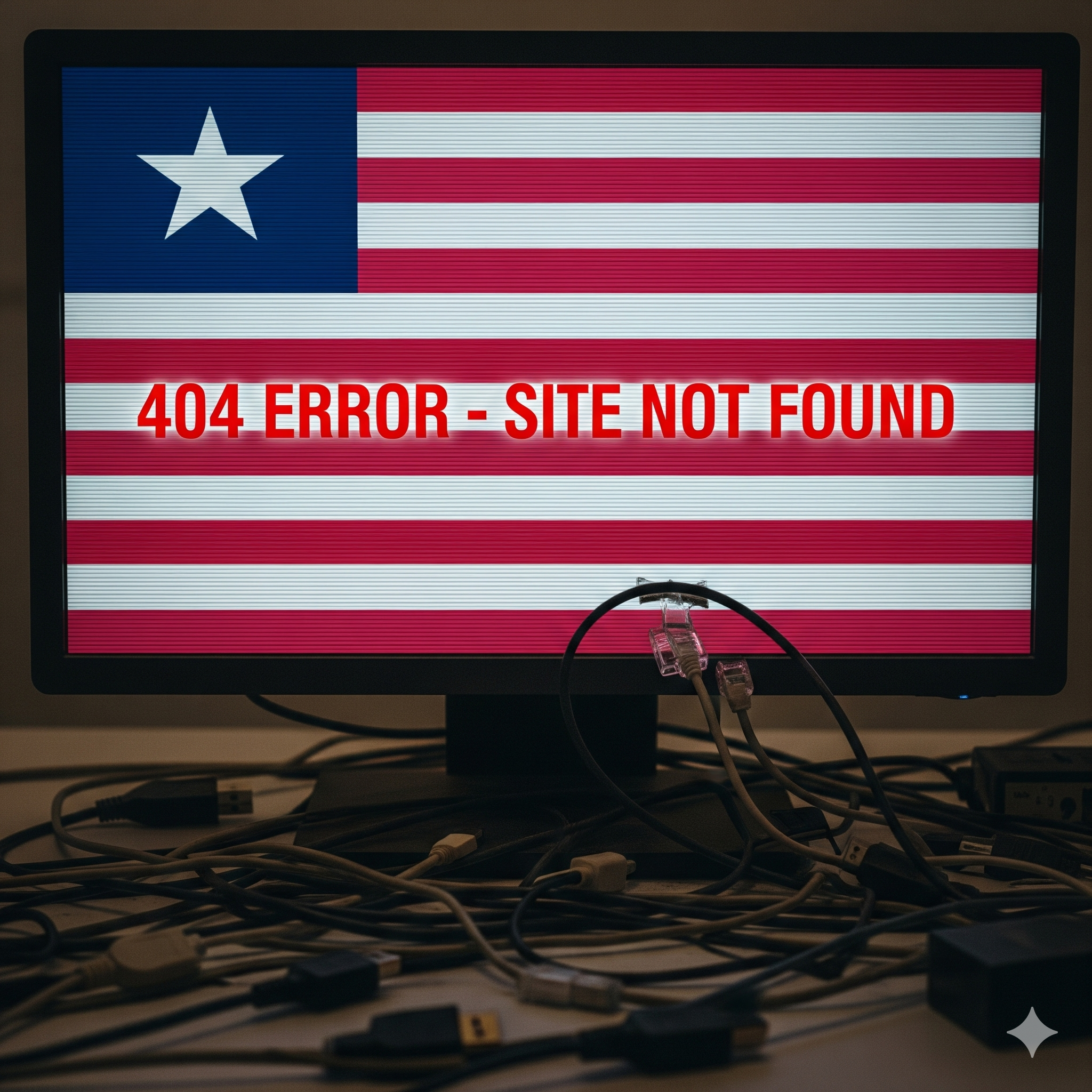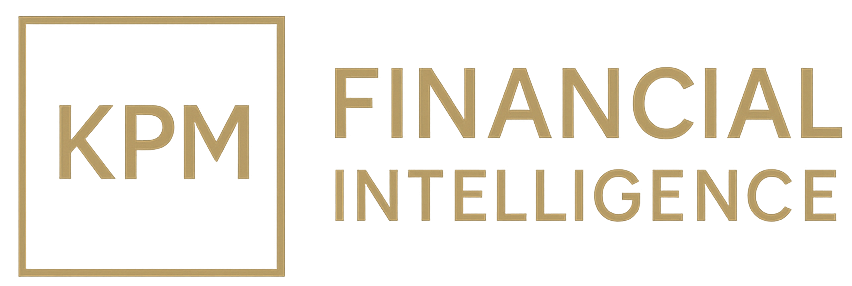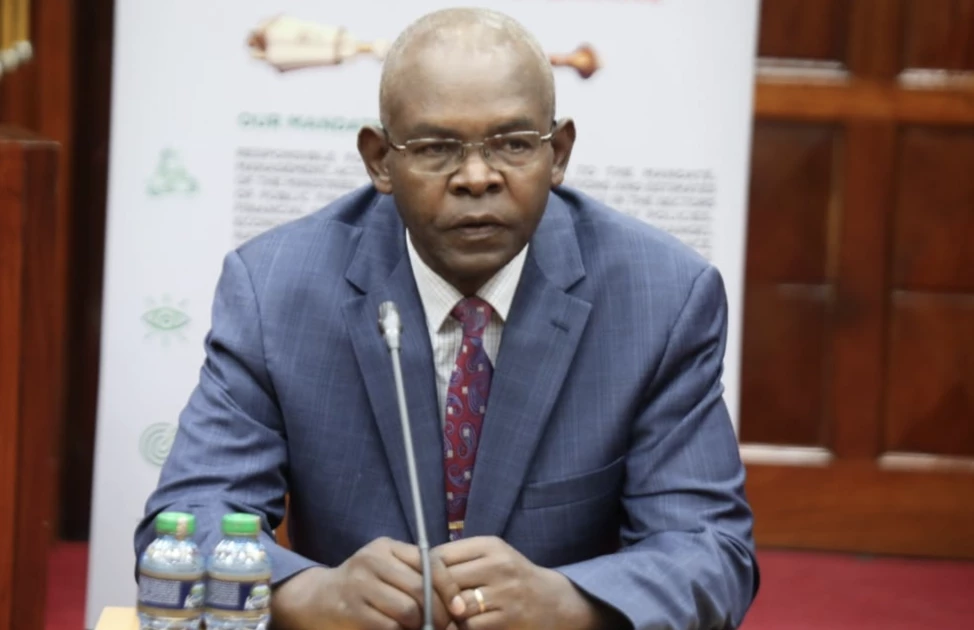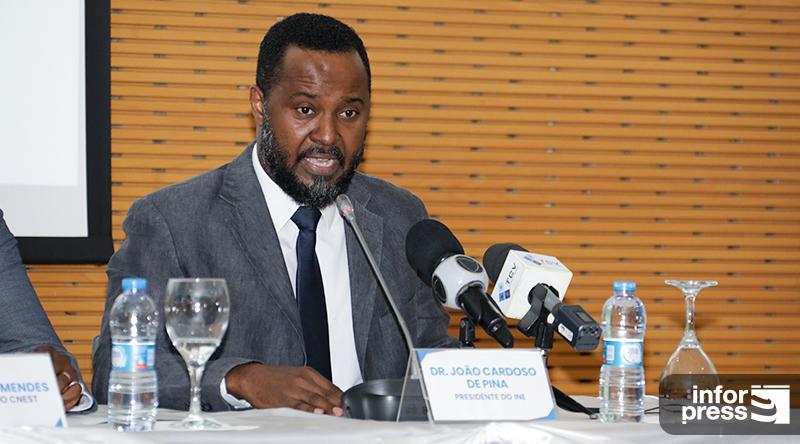Uptime Is Democracy’s Metric: SLAs, Escrow, and a CDN Mirror for Liberia
NEC’s website shutdown over unpaid fees exposes a procurement and continuity gap with real costs for transparency and stability. A fixable blueprint—SLA uptime, escrowed code, CDN mirror, SMS/radio syndication—can restore trust fast and keep USDLRD calm through election cycles. SLA dashboards track.

The National Elections Commission’s website going dark over unpaid vendor fees is not a quirky IT mishap; it’s a governance failure with measurable costs to transparency, elections management, and investor confidence. When a statutory body’s primary information channel can be switched off by a single supplier, the system has substituted vendor goodwill for institutional resilience. In a country where roughly a third of citizens are online—about 1.8 million users—the loss of a central, authoritative site magnifies information asymmetry: journalists lose a canonical source, observer groups lose real-time updates, and citizens default to rumor channels. Each 24 hours offline during an electoral period can erase weeks of public trust-building.
Think about the operational math. If the NEC’s public-facing stack had been procured with a minimum 99.9% uptime covenant, the allowable downtime would be 43.8 minutes per month; at 99.5%, it balloons to over 3.6 hours, which is already unacceptable in pre-election windows. A dispute-triggered takedown can extend outages from hours to days, effectively turning a billing problem into a legitimacy risk. Add realistic recovery objectives: a sensible Recovery Time Objective (RTO) for a static fallback should be under 60 minutes, and a Recovery Point Objective (RPO) of near-zero for notices and results (i.e., nothing lost beyond the last publish). Without escrowed code, off-site backups, and step-in rights, RTO and RPO are dictated by a counterparty’s willingness to cooperate—not by the Commission’s mandate.
The economics are modest compared to the risk. A dual-track web presence—a dynamic site for rich content and a mirrored static noticeboard on a CDN—costs little relative to program budgets. Even with a conservative allocation, US$25–40k/year covers hosting, CDN, monitoring, automated renewals, domain/DNS, and basic security hardening. Set DNS TTL at 300 seconds to allow rapid failover, require daily immutable backups, and target a CDN cache hit ratio above 90% so the noticeboard stays fast even during traffic spikes. Publish a status page that tracks uptime, incident counts, median Time to Detect (TTD), and Time to Resolve (TTR); these are not vanity metrics—they’re the backbone of public accountability.
Procurement discipline is the real fix. Contracts need explicit continuity clauses: (1) non-interruption for disputed invoices up to a defined threshold and mediation window; (2) mandatory monthly escrow of source code, infrastructure-as-code, and content snapshots; (3) Commission “right to re-host” if SLAs are breached; (4) auto-renewals for domains, TLS certificates, and hosting, backed by ring-fenced budget lines. Add a 24/7 on-call runbook owned by a small internal WebOps unit: one engineer can keep a static backup live by changing DNS, pushing to object storage, and invalidating the CDN cache within minutes.
Because Liberia’s connectivity is uneven, digital resilience must be paired with offline reach. Treat the web as the verifiable record, but syndicate summaries via radio and SMS blast lists tied to voter-education partners. A simple cadence—web post first, then synchronized SMS/radio within 30 minutes—keeps both the online minority and offline majority aligned. Measure it: release a weekly communications SLA report card that shows uptime percentages, average publish-to-broadcast lag, and complaint resolution times.
This isn’t just a civic problem; markets read it too. Investors and donors interpret institutional reliability through operational signals like uninterrupted official communications. If outages become recurring headlines, perceived governance risk rises, which can spill into macro sentiment. You’ll see it first in the FX microstructure—watch USDLRD for any liquidity thinning or wider bid-ask during political news vacuums—and, via terms-of-trade sensitivity, in Liberia-relevant commodities: XAUUSD (gold), TIO1! (iron ore), and CC=F (cocoa) as proxies for external earnings narratives. The causal line isn’t mechanical, but persistent governance noise raises the discount rate applied by lenders and contractors, which then feeds back into project costs and timelines.
A pragmatic recovery blueprint is straightforward. Within 72 hours: restore the site on neutral infrastructure, publish a timeline of events, and commit to an independent post-mortem with a public summary. Within 30 days: migrate DNS to a provider with role-based access, enforce MFA, rotate credentials, and stand up the static mirror with automated sync and health checks. Within 90 days: re-tender the hosting/maintenance contract with: 99.9% uptime; RTO ≤ 60 minutes; RPO ≤ 5 minutes for notices/results; vendor-agnostic backups; stepped fee retention tied to SLA performance; and a non-interruption clause during disputes below a specified arrears cap. Publish quarterly transparency dashboards: uptime %, incidents by severity, mean TTD/TTR, backup restore drill outcomes, and results-page latency under load.
If you want one number to anchor the new standard, make it this: zero vendor-initiated outages. Everything else—SLA design, escrow, CDN mirrors, SMS/radio syndication, on-call runbooks—exists to support that single public promise. With that in place, the electoral information layer becomes boring in the best way: continuously available, uniformly credible, and resilient to the mundane frictions of billing, staffing, or politics. And when the next electoral cycle tightens, markets will treat the absence of outages as a signal that governance capacity is compounding—not eroding—quietly reflected in calmer USDLRD flows and fewer credibility discounts across counterparties.





